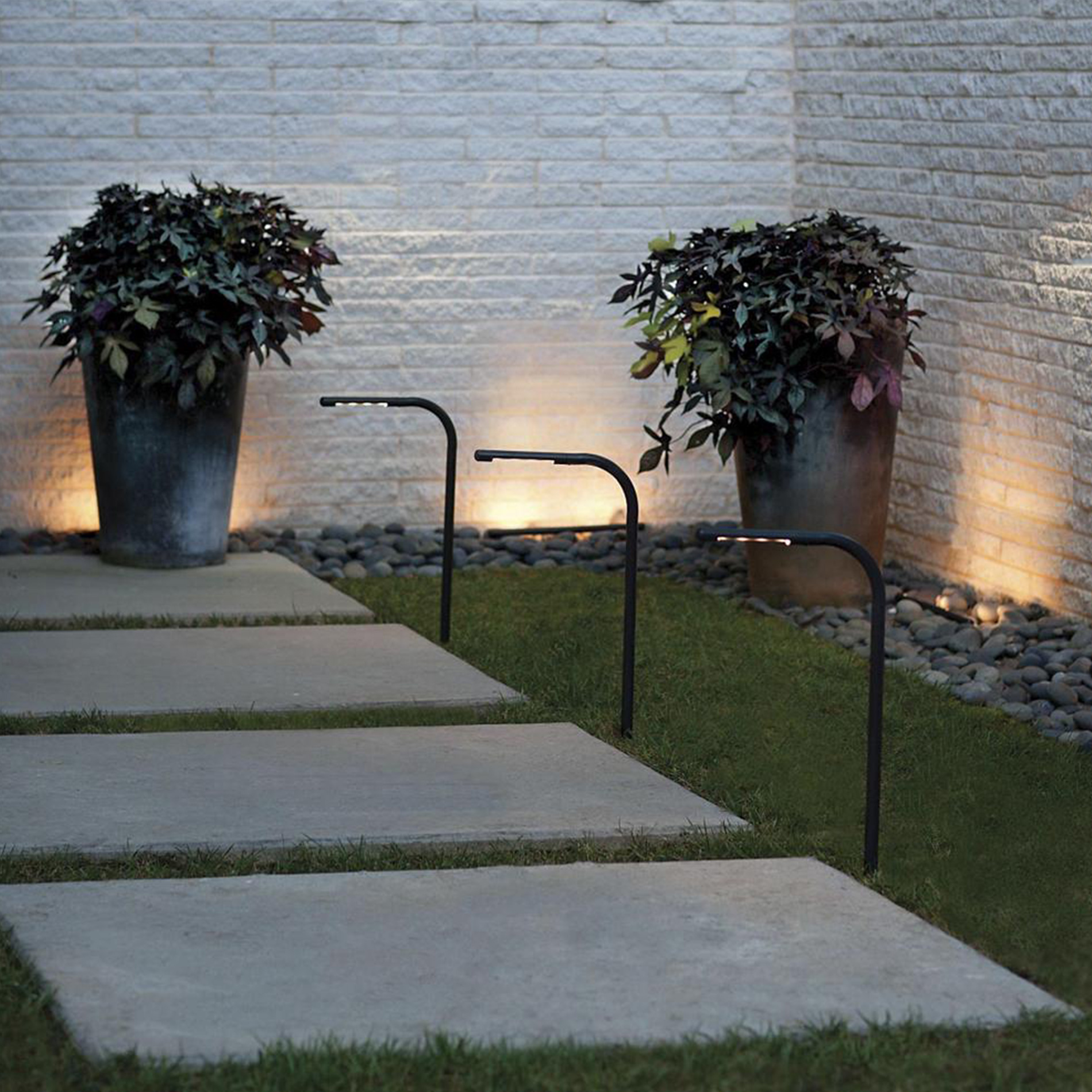Installing pavers in your yard can create an attractive and practical outside space. Here are the final steps for putting in pavers in your yard:
Materials and Tools You'll Need:
Pavers of your selection
Base materials (sand or gravel)
Edge restraints (plastic or metal)
Landscape material (optional)
Tamper
Level
Rubber mallet
Shovel
Wheelbarrow
String strains
Plate compactor (optional, however highly recommended)
Masonry noticed (for cutting pavers as needed)
Step 1: Planning and Preparation:
Plan the structure: Decide the place you wish to install the pavers and create a layout plan. Consider the pattern, design, and shape you need in your paver patio or pathway.
Mark the world: Use stakes and string strains to mark the boundaries of the venture space. Ensure the world is square and degree by measuring diagonally from nook to corner.
Step 2: Excavation:
Excavate the world: Using a shovel, take away the top layer of soil to the desired depth on your base material. The depth will depend in your specific challenge and local suggestions. Typically, it's round 4-6 inches for pedestrian visitors and 8-12 inches for driveways.
Create a slight slope: To ensure proper drainage, create a slight slope away from your personal home or different structures. A slope of 1/4 inch per foot is generally really helpful.
Install edge restraints: Place plastic or steel edge restraints across the perimeter of the excavated area. These will help hold the pavers in place and prevent them from shifting over time.
Step three: Base Preparation:
Add base material: Pour and spread a layer of base materials (sand or gravel) evenly over the excavated space. The thickness of this layer will rely in your venture's necessities.
Compact the bottom: Use a plate compactor to compact the bottom materials totally. This step is essential to create a steady and degree floor. Continue adding and Great site till you achieve the specified peak.
Step four: Installing Pavers:
Begin laying pavers: Start at one nook and begin placing your pavers in your required pattern. Be certain to depart constant gaps (usually 1/8 to 1/4 inch) between pavers for joint sand.
Maintain straight strains: Use string traces or straight edges to maintain up straight lines and guarantee your pavers are degree as you lay them.
Cut pavers as wanted: Use a masonry noticed to chop pavers to suit on the edges or around obstacles like timber or curves.
Tap pavers into place: Use a rubber mallet to tap each paver gently into place, making certain they are stage and seated securely within the base material.
Step 5: Joint Filling:
Spread joint sand: Once all of the pavers are in place, spread joint sand over the floor.
Sweep and compact: Sweep the sand into the joints between the pavers. Compact the pavers once extra utilizing the plate compactor to settle the sand and lock the pavers in place.
Step 6: Final Touches:

Clean the floor: Sweep off excess joint sand from the floor of the pavers.
Seal (optional): Consider applying a paver sealer to enhance the looks and protect the pavers from stains and weathering.
With correct planning and careful execution, installing pavers in your backyard can create a sturdy and attractive out of doors space for varied functions, such as patios, walkways, and driveways. Be positive to follow local constructing codes and pointers, and if you're not confident in your DIY skills, think about hiring a professional paver installer for the job..
